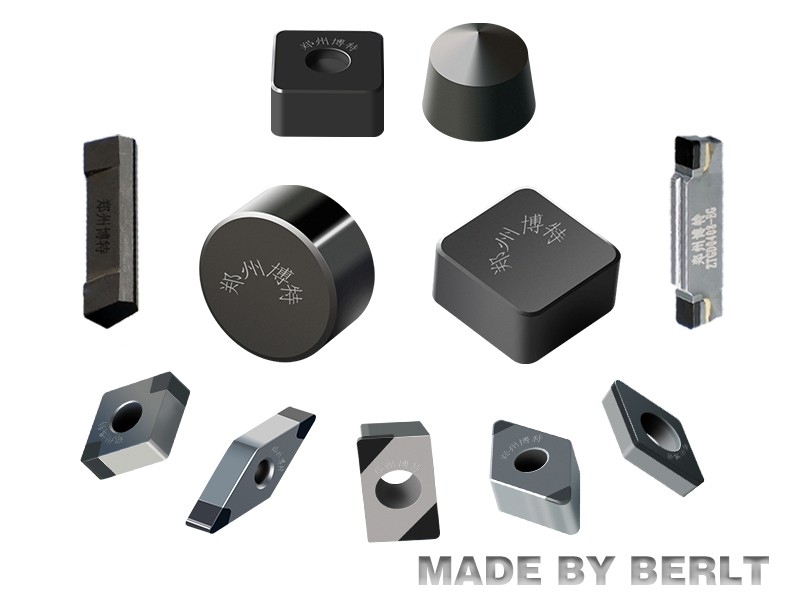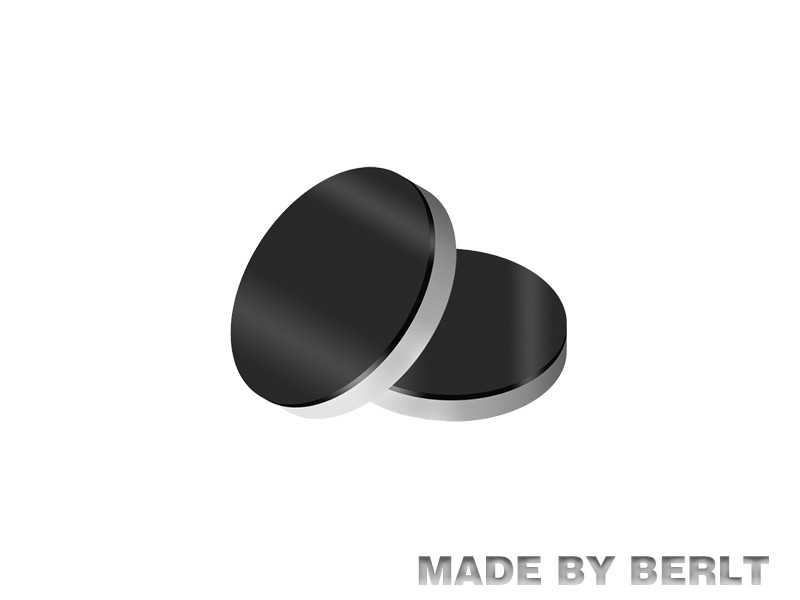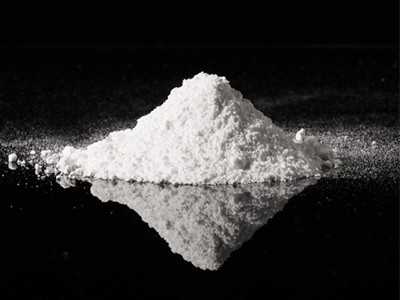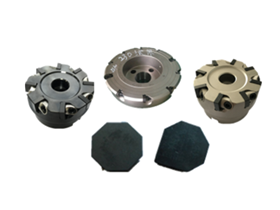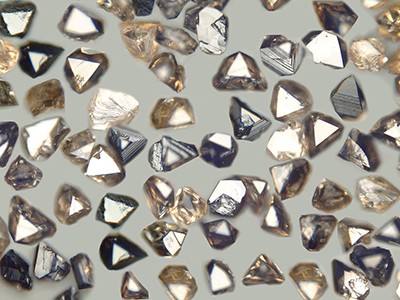Hexagonal boron nitride (h-BN) has become an ideal material for manufacturing high-end crucibles due to its unique comprehensive properties, earning it the reputation as “white graphene.” Its crystal structure resembles graphite, featuring alternating layers of boron and nitrogen atoms arranged in a hexagonal layered structure. Interlayer bonding occurs via weak van der Waals forces, endowing it with a series of exceptional properties that make it irreplaceable in high-temperature and highly corrosive industrial and research environments.
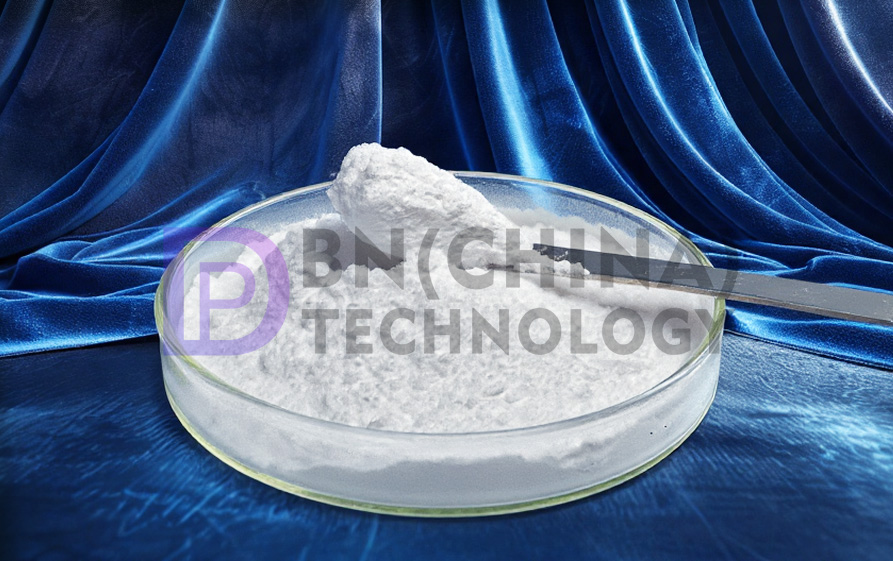
Hexagonal boron nitride exhibits exceptional thermal stability with a melting point approaching 3000°C. Under inert atmospheres or vacuum conditions, it can sustain prolonged operation at temperatures exceeding 2000°C without softening or deformation. Simultaneously, it exhibits outstanding thermal stability and chemical inertness, remaining unreactive with most metals (such as aluminum, iron, copper, and precious metals), molten glass, and fluoride salts at elevated temperatures. This effectively prevents melt contamination, ensuring the material's exceptional purity. Moreover, its extremely low thermal expansion coefficient and good thermal conductivity confer outstanding thermal shock stability, enabling it to withstand sudden temperature changes without cracking. Its layered structure also provides excellent lubricity and non-stick properties, allowing molten materials to separate easily from the crucible upon cooling without complex demolding processes. It also serves as an excellent high-temperature insulator, suitable for applications with stringent electrical insulation requirements.
Based on these outstanding properties, h-BN crucibles play a critical role in multiple cutting-edge fields. In metal smelting and purification, they are particularly suitable for evaporating, coating, or purifying highly reactive metals such as aluminum, magnesium, tin, and their alloys. Their non-wetting properties ensure high recovery rates and exceptional purity of molten metals, making them the preferred vessel for producing high-purity materials. In the semiconductor industry, it is widely used in processes like molecular beam epitaxy (MBE) to hold metal sources such as aluminum and gallium. Its high-temperature stability and cleanliness guarantee the quality of semiconductor crystal growth. Additionally, within chemical vapor deposition (CVD) equipment, it serves as boats, liners, or coatings for producing compound semiconductors like gallium nitride (GaN), introducing no impurities itself. In the glass processing industry, it is used for melting transparent quartz glass or specialty optical glass. Its non-reactivity with molten glass enables the production of defect-free, high-purity products.
Hexagonal boron nitride crucibles primarily come in two forms: hot-pressed and vapor-deposited. Hot-pressed crucibles are manufactured from h-BN powder under high temperature and pressure, resulting in dense structures with high mechanical strength. Vapor-deposited crucibles, on the other hand, involve depositing pure h-BN coatings onto substrates like graphite via CVD processes, achieving extremely high purity and porosity-free surfaces. Although their cost exceeds that of traditional graphite or ceramic crucibles, hexagonal boron nitride crucibles offer significant advantages in enhancing product purity, yield rates, and process stability. This has driven sustained growth in demand across high-tech sectors including aerospace, semiconductors, optoelectronics, and nuclear industries. With continuous advancements in preparation techniques and gradual cost optimization, their application scope will inevitably expand further, positioning them as a key material propelling the development of high-end manufacturing.
